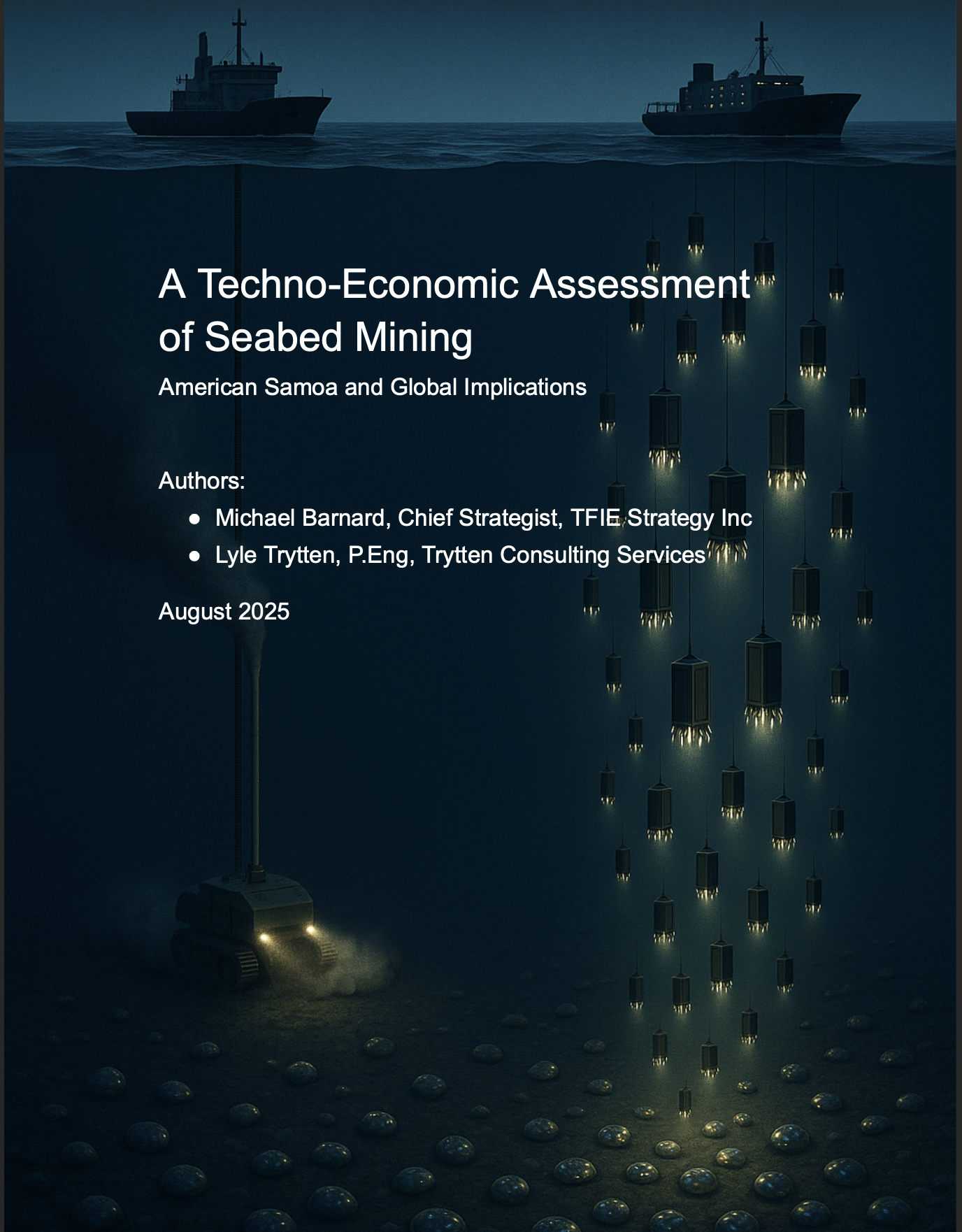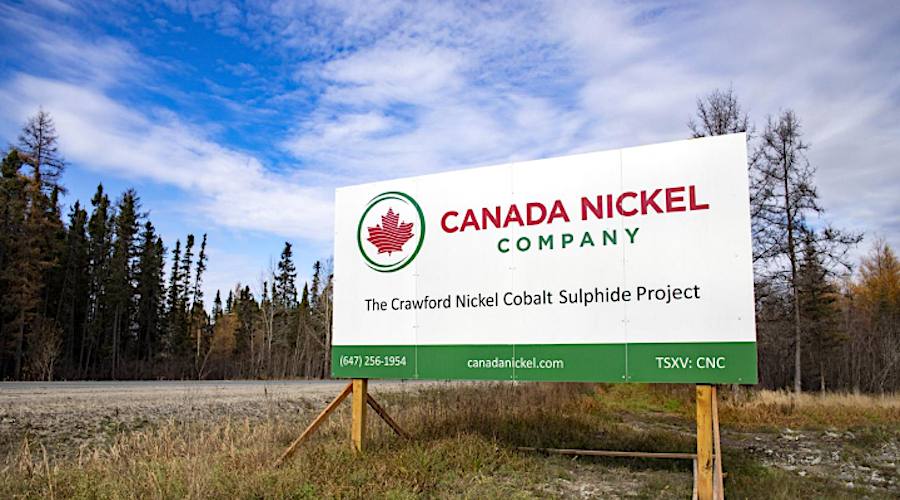Support CleanTechnica’s work through a Substack subscription or on Stripe.
The automotive world is all atwitter this week with news that the US Patent Office has awarded two new patents to Tesla for its so-called “unboxed manufacturing process.” The buzz is that the process will allow Tesla to build cars more quickly with fewer human workers at lower cost in smaller factories. Many are calling it the greatest advance in automobile manufacturing since Henry Ford created the assembly line.
Let’s begin by explaining what “unboxed” actually means, because for many (including myself), the term is not self-defining. In the traditional auto manufacturing process, first a collection of metal stampings are assembled to make the body of a vehicle. That assembly is essentially a box into which all the systems that will turn it into a functioning car must now be installed.
Slipping a dashboard in through a door opening can be done — in fact there are robots designed specifically to perform that task. But wouldn’t it be easier to fit the dashboard, with all the controls, air vents, touchscreens, and wiring attached, to a front sub-assembly before it gets mated to the rest of the car? In that case, the front sub-assembly is completed before the “box” is finished. That’s the idea behind “unboxed” manufacturing in a nut shell.
Sawyer Merritt, a tireless cheerleader for Tesla, described the process this way:
NEWS: Tesla’s patent for a part of the Unboxed Process was just granted. This is partly how the Cybercab will be built.
The patent describes a system that uses a robotic station with special holders for each car part. The parts are locked in place with vacuum clamps, then glue… https://t.co/E74S4s9BH9 pic.twitter.com/uoxLQlD0YT
— Sawyer Merritt (@SawyerMerritt) September 23, 2025
The problem with assembly lines is, if things go awry at one location — there are no seats to install when needed, for example — the entire line stops. Every assembly line has controls at various points that allow workers to stop it, but woe betide anyone who uses one of them to bring the process to a halt!
Think of it like an army crossing a river on a bridge that is only wide enough to allow people to walk across it in single file. If one solder breaks a leg on the way across, the entire procession grinds to a halt. In the “unboxed’ model, there are several bridges across the river and the various streams of soldiers assemble themselves into a functioning fighting force on the other side.
Not A Tesla App says, “This new method is a manufacturing revolution that builds a car more like a LEGO set than a traditional vehicle. The Unboxed Method is a radical, high-level concept that is getting closer to reality. It aims to reduce factory footprints and production costs in half, while speeding up manufacturing to blistering speeds. [The] two new Tesla patents outline how they intend to turn this method from a concept into a concrete, engineered reality.”
The video below did the best job of explaining the concept, despite a brief promotion early on. Once you get beyond that, the graphics and embedded videos do a good job of explaining what “unboxed” is all about.
Pain Points & The Unboxed Process
One of the pain points in the process of manufacturing an automobile is corrosion resistance and painting. Typically, once the “box,” or body structure, is completed, it is dipped in a bath of corrosion-fighting chemicals. Typically, the doors, hood, and trunk lid are in place when that occurs.
Afterwards, the “box” goes to the paint shop, where the entire body gets painted inside and out. Once the paint is fully dried, the doors, hood, and trunk are often removed to allow the robots and workers involved in installing the interior to access the inside of the “box.” Those components are set aside and must move along with the body until all the interior fitting is finished, at which point they are reinstalled.
In the “unboxed” model, the doors, hoods, and trunk lids receive their corrosion resistance treatment and are painted separately and fitted to the body only after all the interior pieces are in place. Then the battery pack, drivetrain, brakes, wheels, and tires are fitted.
Cheaper & Faster
The hoopla about the “unboxed” patent centers on its ability to allow Tesla to build cheaper cars faster. Much is made about how this presages the factories of the future. And yet, Tesla sales have not matched expectations for the last year or so, partly due to the political antics of Elon Musk.
A few years ago, we heard rumblings about a massive new Tesla factory planned for the state of Nuevo Leon in Mexico. It was widely assumed that factory was where the company would build its next new model, the $25,000 “Model 2” or “Model C” that everyone claimed Tesla was working on.
Then we learned Musk had personally put the kibosh on the less expensive model to concentrate on automated driving systems. News about a new factory in Mexico dropped off everybody’s radar screen. And then, the person Elon supported for president with up to $300 million of his own money disrupted decades of stable trade relations with Mexico and Canada by firebombing industries with punishing new tariffs.
If you watch the video carefully and parse what others are saying about the “unboxed” manufacturing model, you will notice that a key element of the process is using high-pressure castings for the front and rear of new vehicles. That is a novel idea that was first deployed at scale in building the ill-fated Cybertruck, but is now being adopted by other manufacturers.
Musk and his minions have indeed created a more efficient way for building automobiles — one that exposes the limitations of Henry Ford’s linear assembly line. But there is one thing Ol’ Henry knew that Musk has forgotten. Henry made sure his workers could afford to buy his vehicles.
If you watch the video, you will see hundreds of robots but relatively few workers. While Tesla says its people are compensated more generously than workers at other automakers because they can earn stock options, the question is whether they can afford to purchase the cars they are helping to make?
Self-driving cars are an intriguing dream, but some say one such vehicle can do the job of ten privately owned vehicles. How is that a recipe for increased sales and why does making cars more efficiently help the company if it sells fewer vehicles? We grant the “unboxed” concept is brilliant, but does it merit all the hype that is surrounding it? That’s something our readers may have an opinion about.
Sign up for CleanTechnica’s Weekly Substack for Zach and Scott’s in-depth analyses and high level summaries, sign up for our daily newsletter, and follow us on Google News!
Have a tip for CleanTechnica? Want to advertise? Want to suggest a guest for our CleanTech Talk podcast? Contact us here.
Sign up for our daily newsletter for 15 new cleantech stories a day. Or sign up for our weekly one on top stories of the week if daily is too frequent.
CleanTechnica uses affiliate links. See our policy here.
CleanTechnica’s Comment Policy




